
 A Herrenknecht machine being lowered into the access shaft.
A Herrenknecht machine being lowered into the access shaft.
Al Jaber Tunnelling and Mechanical Works Establishment (AJTM) is set to complete a major sewage pipe tunnelling project for the Sewage Project Committee (SPC) of Abu Dhabi Municipality.
The Dh32 million ($8.7 million) contract 803 C for sector ME12 called for the tunnelling of a total distance of 3.3 km to install drainage pipes of various diameters, at depths between 20 m and 24 m below ground level, in the Mussafah area of Abu Dhabi.
The contract was awarded on a turnkey basis involving all aspects of the engineering, excavation, manufacture and installation of pipes and provision of various support services. The project, which involved complex work, was handled entirely within the Al Jaber Group.
According to Adnan El Kaissi, general manager of the Abu Dhabi-based firm, this is the deepest tunnelling project undertaken in the Middle East to date.
The trunk line of 2.0 m internal diameter (2.45 m outside diameter) extends for 2 km. Connecting to the trunk line are two branches of 1.0 m and 800 mm internal diameter pipes, which run for 500 m and 800 m respectively at depths of 17 m to 22m below ground level.
AJTM employed the Herrenknecht pipe jacking system using three different tunnelling machines to match the required pipe diameters. The average push per section was 250 m between surface shafts.
The surface access shafts were placed at an average of 250 m intervals at the request of the client to provide manhole access to the pipe system for future inspection and maintenance requirements - although pushes of 500 m would be feasible using this technology, El Kaissi points out.
In pipe jacking, pipe sections are precast and inserted into the tunnel at the launching shaft and then pushed forward by the jacking mechanism. It is technically possible to jack stretches of up to 1,000 m per sector but the most feasible length is between 250 and 300 m.
The soil encountered was mainly mud stone and spans of 25 m per day were achieved in two 10-hours shifts. Excavated material was evacuated by means of a wagon on rails within the pipe itself. AJTM committed more than 130 personnel to this contract.
The excavation and reinforcement of the access shafts was a major engineering undertaking as each has a diameter of 11.5 m and is more than 25 m deep, thus providing easy access for the tunnel boring machines and precast pipe sections.
According to El Kaissi, the challenges successfully overcome included the design and engineering of the shafts, dewatering systems, access for cranes and lifting equipment to insert the tunnelling systems and the pipe sections and various aspects of safety and environmental protection. The shafts were constructed using secant piling systems. Once the pipe was pushed through, the manhole access was constructed and the shaft backfilled.
The installed pipes are composed of a GRP (Glass reinforced plastic) pipe of 10,000 N/sq mm stiffness, manufactured by local producers, which are encased by a reinforced concrete pipe, which is cast at AJTM concrete pipe factory.
The concrete encasement secures the strength to allow for the jacking (pushing) forces, which reach up to 1,200 tonnes.
"Tunnelling and underground works are mainly done above ground," El Kaissi says, referring to the complex planning and engineering and logistics problems that need to be solved before ground-breaking can begin.
According to El Kaissi, the four main challenges that need to be planned for are:
* The design of the access shafts, the detailed engineering, soil investigation and piling techniques, dewatering, and safety and environmental protection;
* The tunnelling pipe/sleeve selection;
* Selecting the correct tunnelling systems to match the pipeline requirements; and
* Excavation and disposal of the soil itself.
Thus the actual tunnelling mechanism- while vital and complex - is a relatively small part of the whole project.
Elaborating on why tunnelling or trenchless technology was chosen rather than using conventional methods, he says: "Due to the depth required, tunnelling was the only solution for this project as it would be virtually impossible to go to the depths required with the conventional trenching technique (to go 24 m down, a 30+ m wide trench would be required at ground level). Certainly the disruption to surface activities such as road and landscaping and shallow buried services would be immense. For distances such as these, tunnelling is more economical and considerably faster than traditional methods even for shallower projects.
"Tunnelling also allows a much longer and steeper slopes on the line, which means that booster pump stations are eliminated. Thus AJTM was able to make a fall of 4 m over the 2 km length of the main trunk line," explains El Kaissi.
"Another very significant issue is the reduction of environmental impact to the natural landscape along the pipeline.
"Trenchless technology has been around for eight to 10 years in the Middle East. AJTM was a pioneer in this technology and tunnelled 12 km of sewage piping with inside diameters between 0.5 and 1.8 m, for the Beirut main sewage circuit between 1996-98," he adds.
AJTM is a partnership between El Kaissi and the Al Jaber Establishment Group of Companies and has been active in the field hydro-mechanical works for more than 20 years. Its specialties include pipeline networks; pumping stations and treatment plants; automation and Scada (supervisory control and data acquisition); and production of reinforced concrete pipe encasements and pipe segments as well as tunnelling.
El Kaissi sees tunnelling as "the logical evolution of regular pipe laying" particularly as clients increasingly recognise its advantages over conventional methods, in terms of the depths that can be achieved, with corresponding savings in time, money, disruption, conflict with other buried services and environmental damage.
The firm is expecting the delivery of a new 3 m-diameter tunnelling machine shortly.
AJTM has plenty of work on hand and sees a good future for tunnelling in the UAE as well as elsewhere in the region. The company is currently pursuing a number of new tunnelling projects in the country, including a 3 m internal diameter tunnel running from Umm Al Naar to Hamdan Street in Abu Dhabi for Abu Dhabi Water and Electricity Authority (Adwea). The tunnel will extend 20 km and carry 400 kV power lines into the city, using a segmental pipe technique, where the liners (which are typically 1.2 m long) are erected immediately behind the tunnelling machine (dependent on access requirements), allowing practically any distance to be tunnelled in a single stretch.
Another interesting project is the underground metro system in Dubai which is being currently studied.





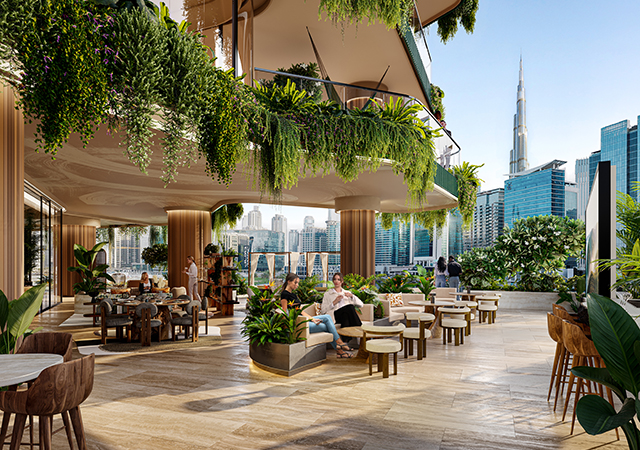
.jpg)
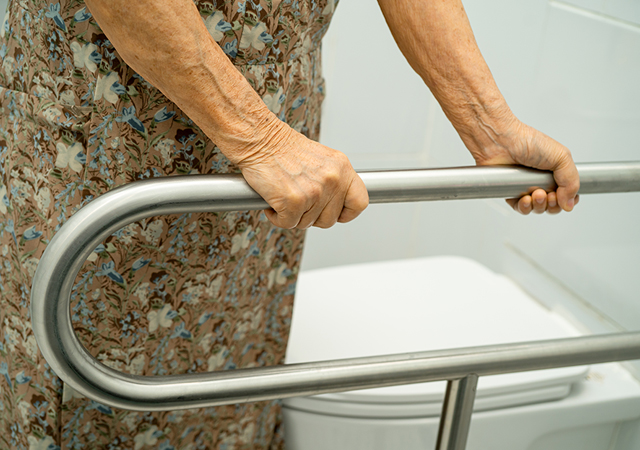

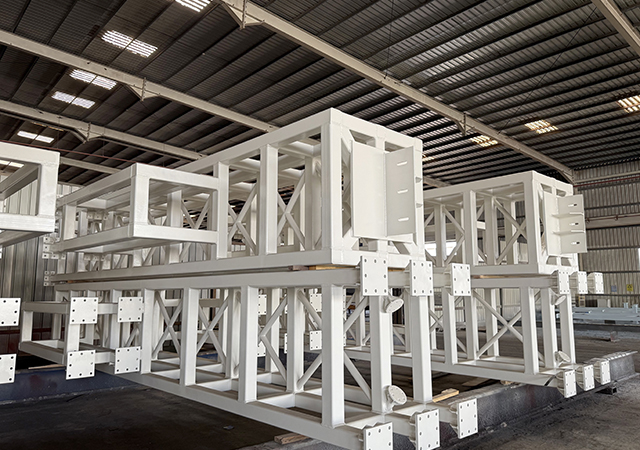




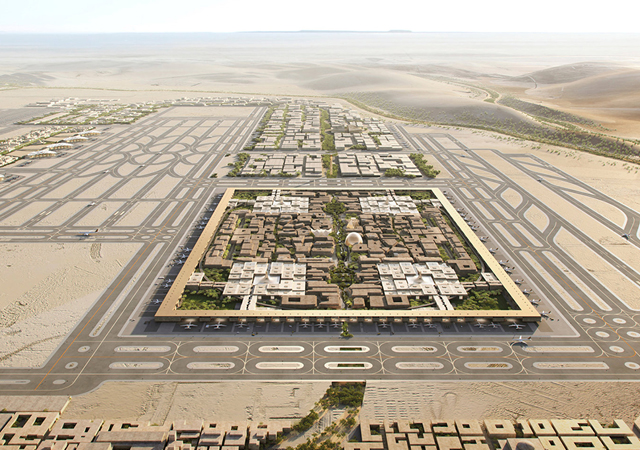
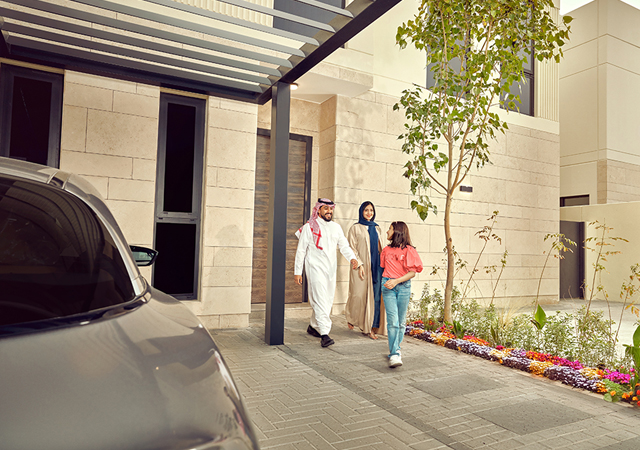
.jpg)
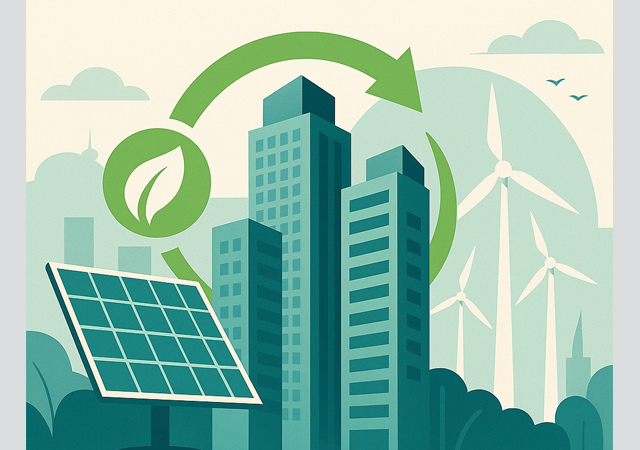



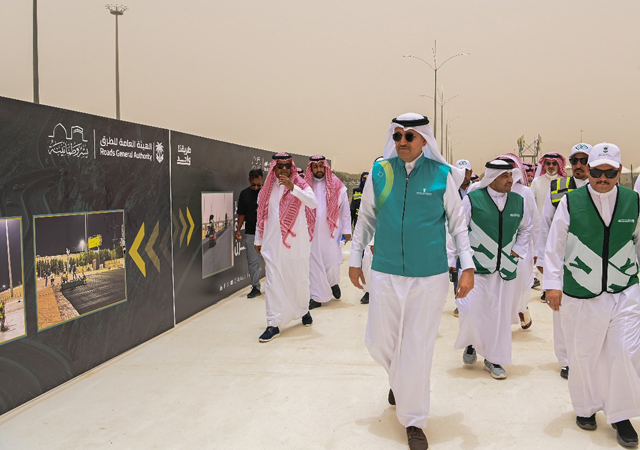

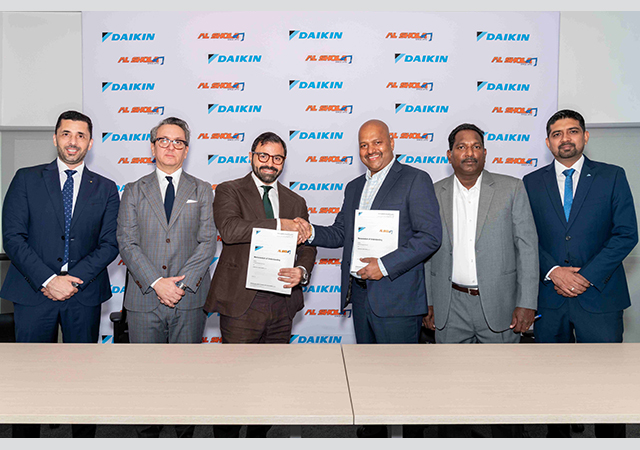

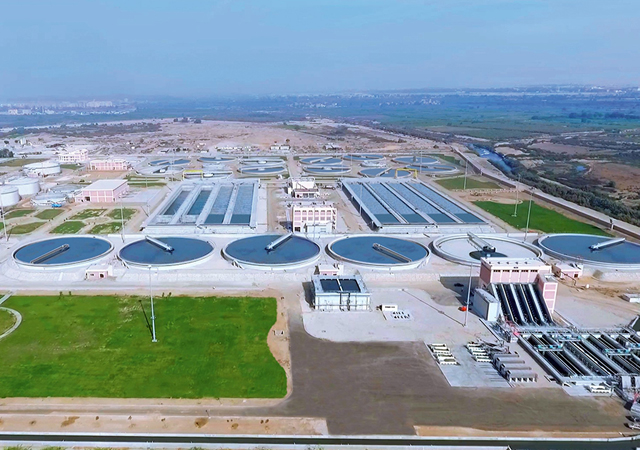
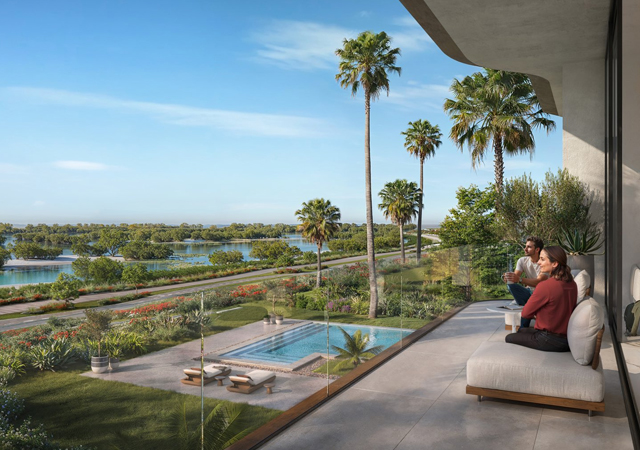
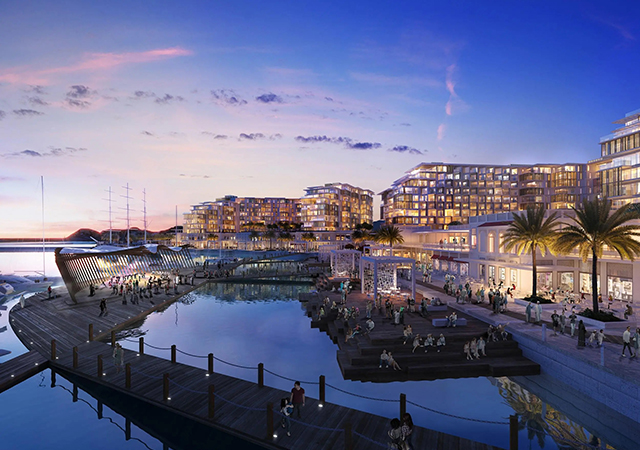

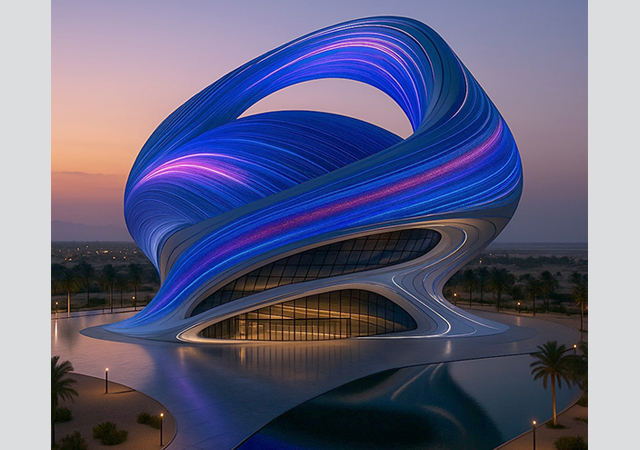

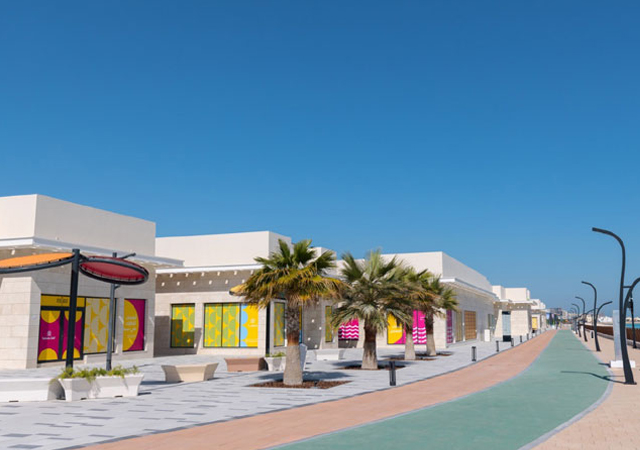

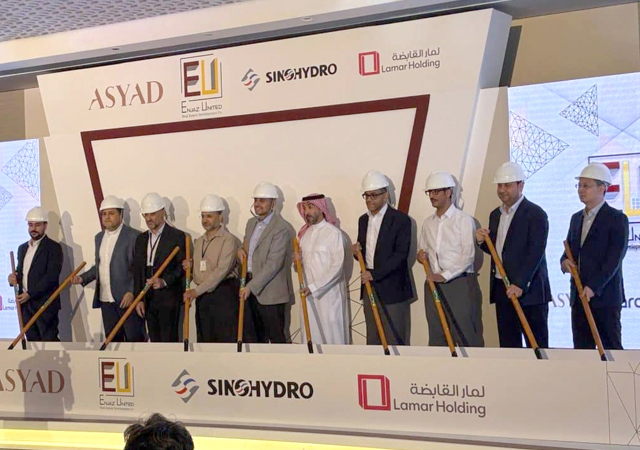
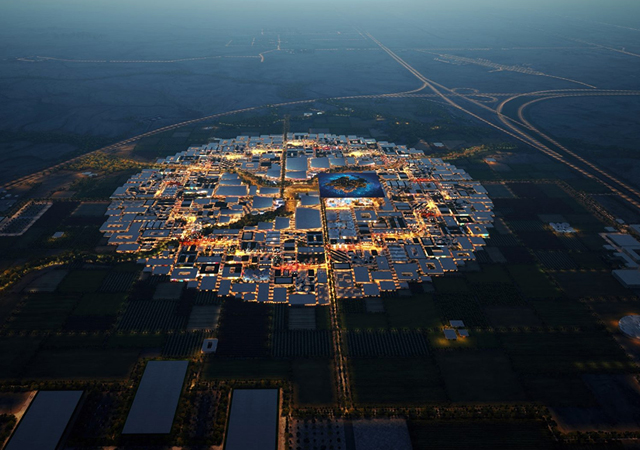
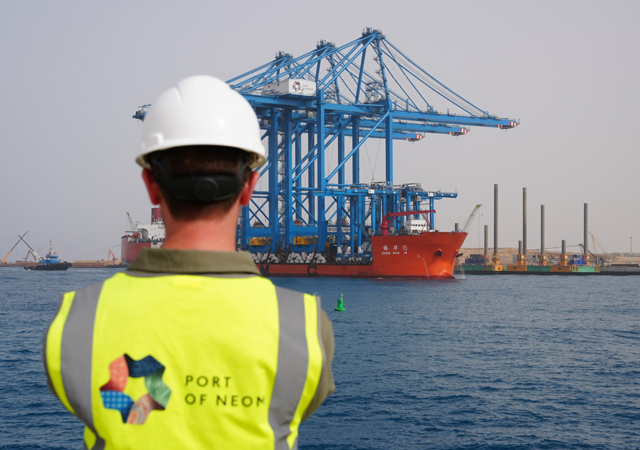
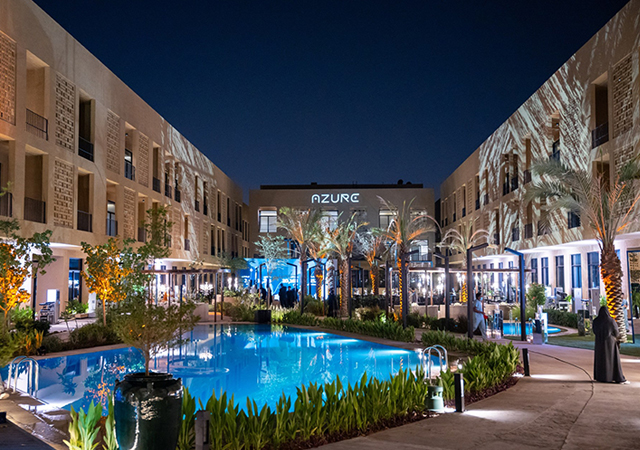
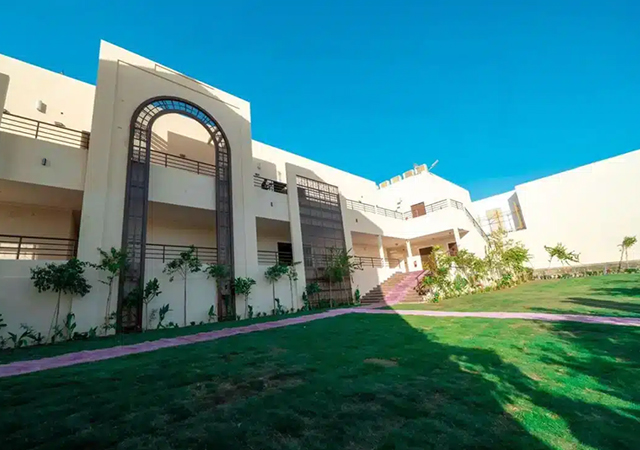


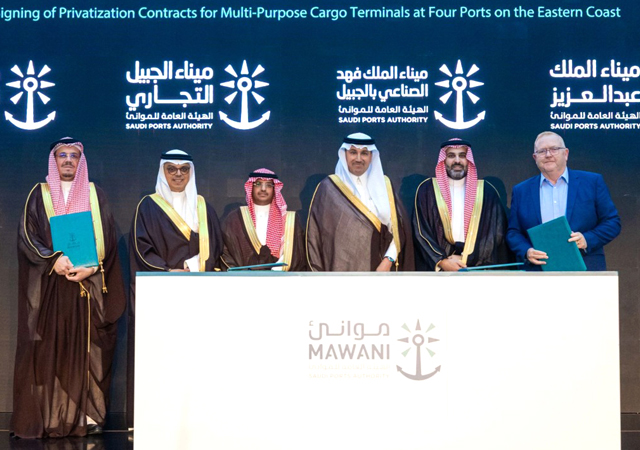
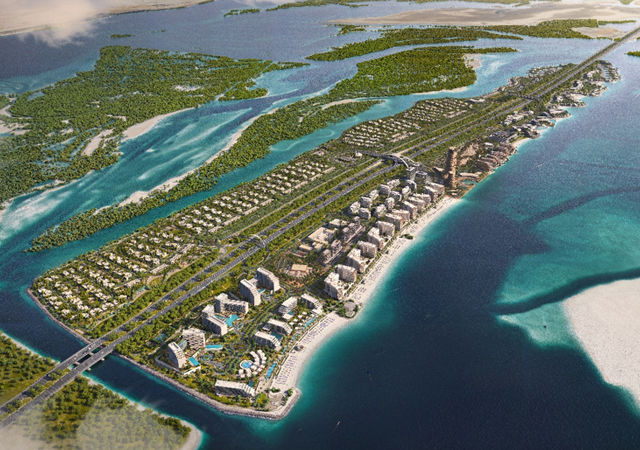

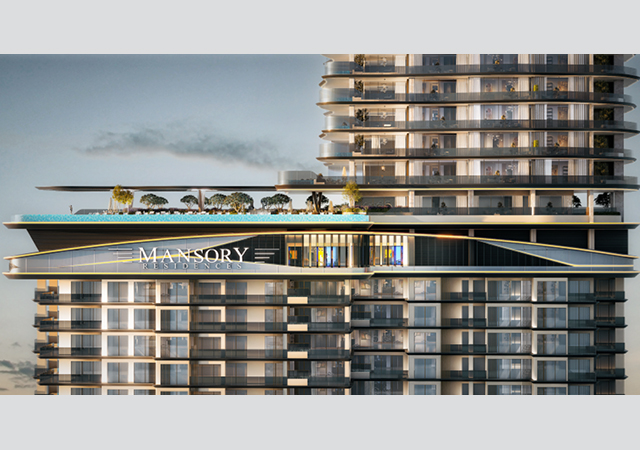
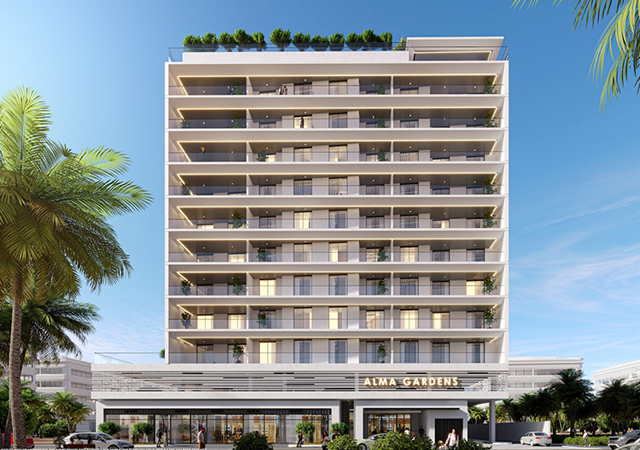

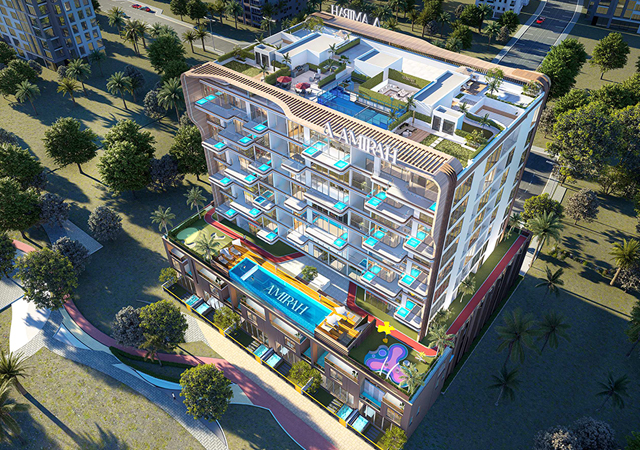
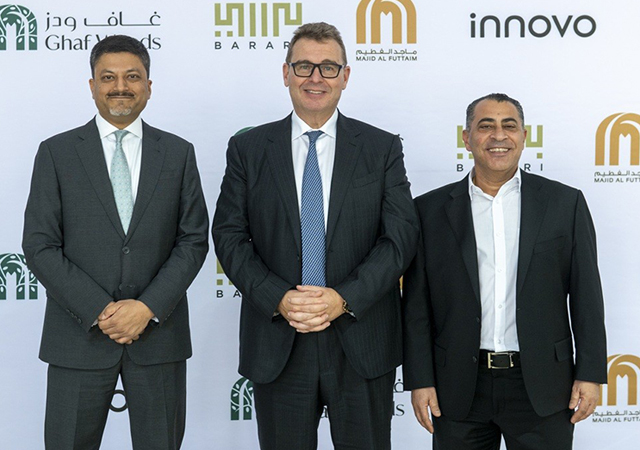
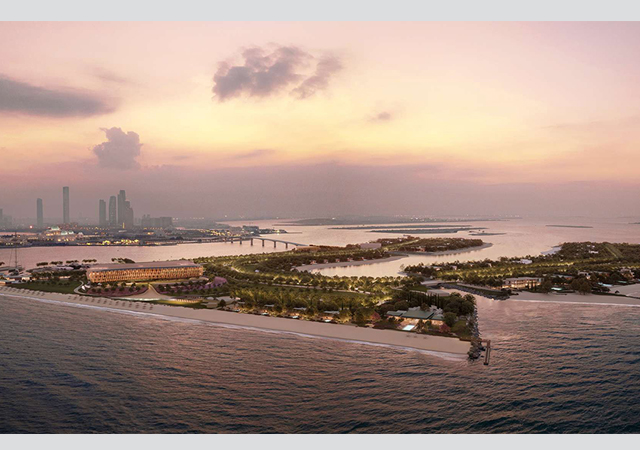
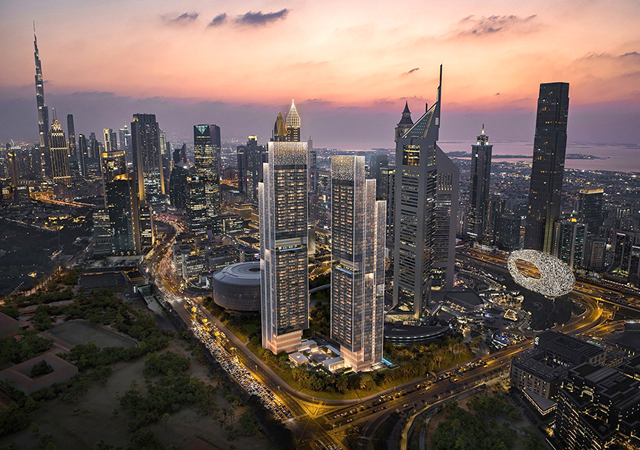
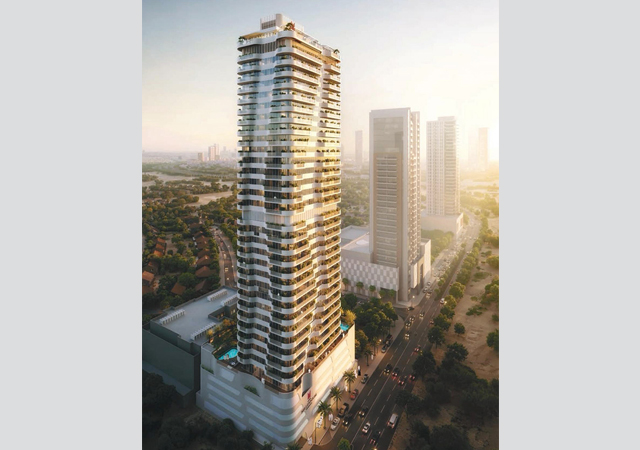

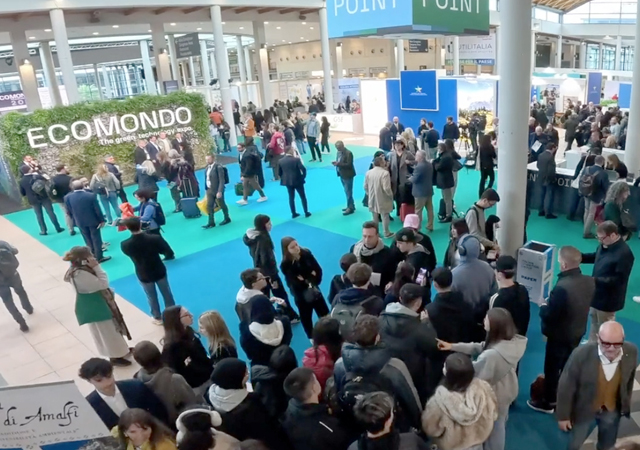
.jpg)

